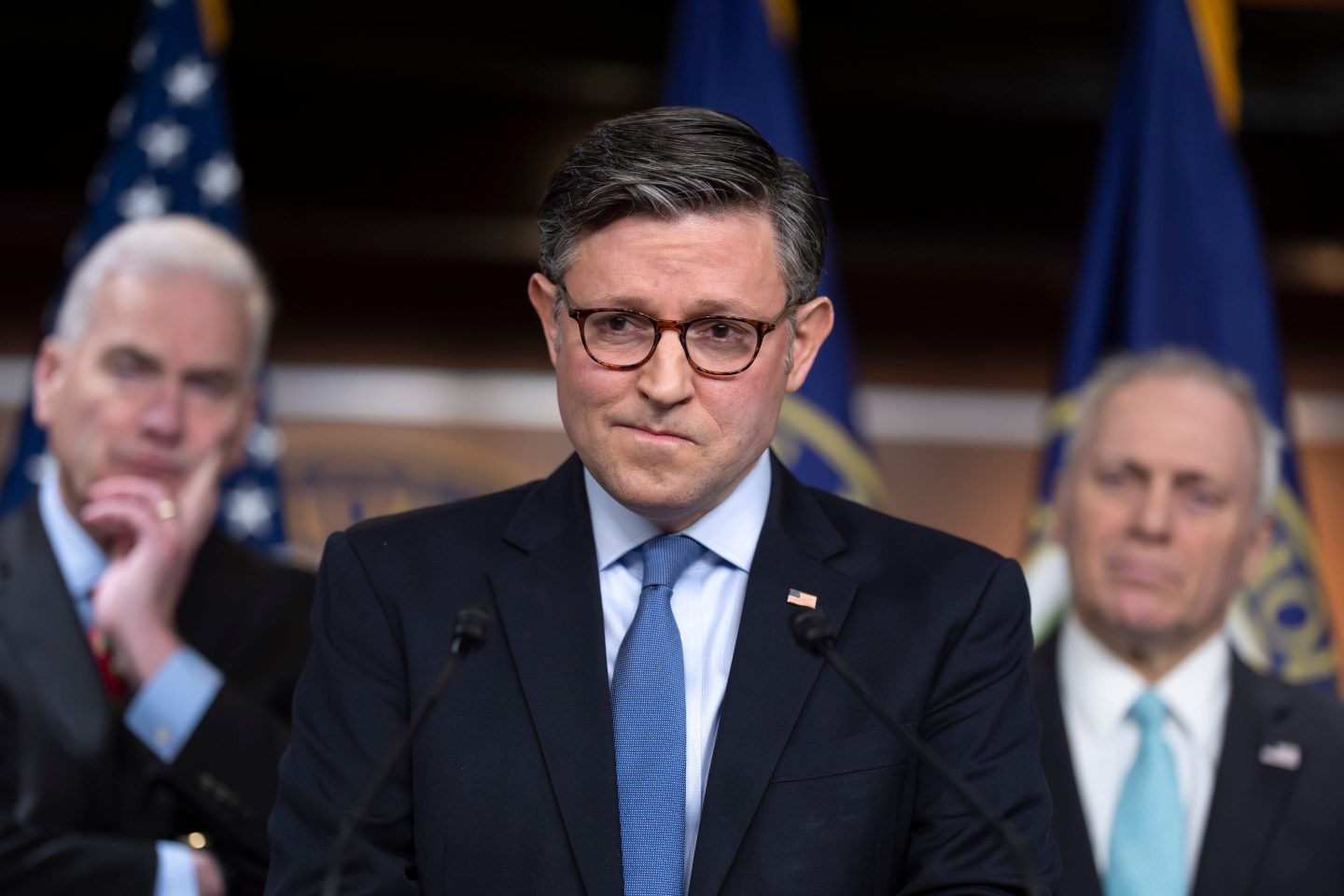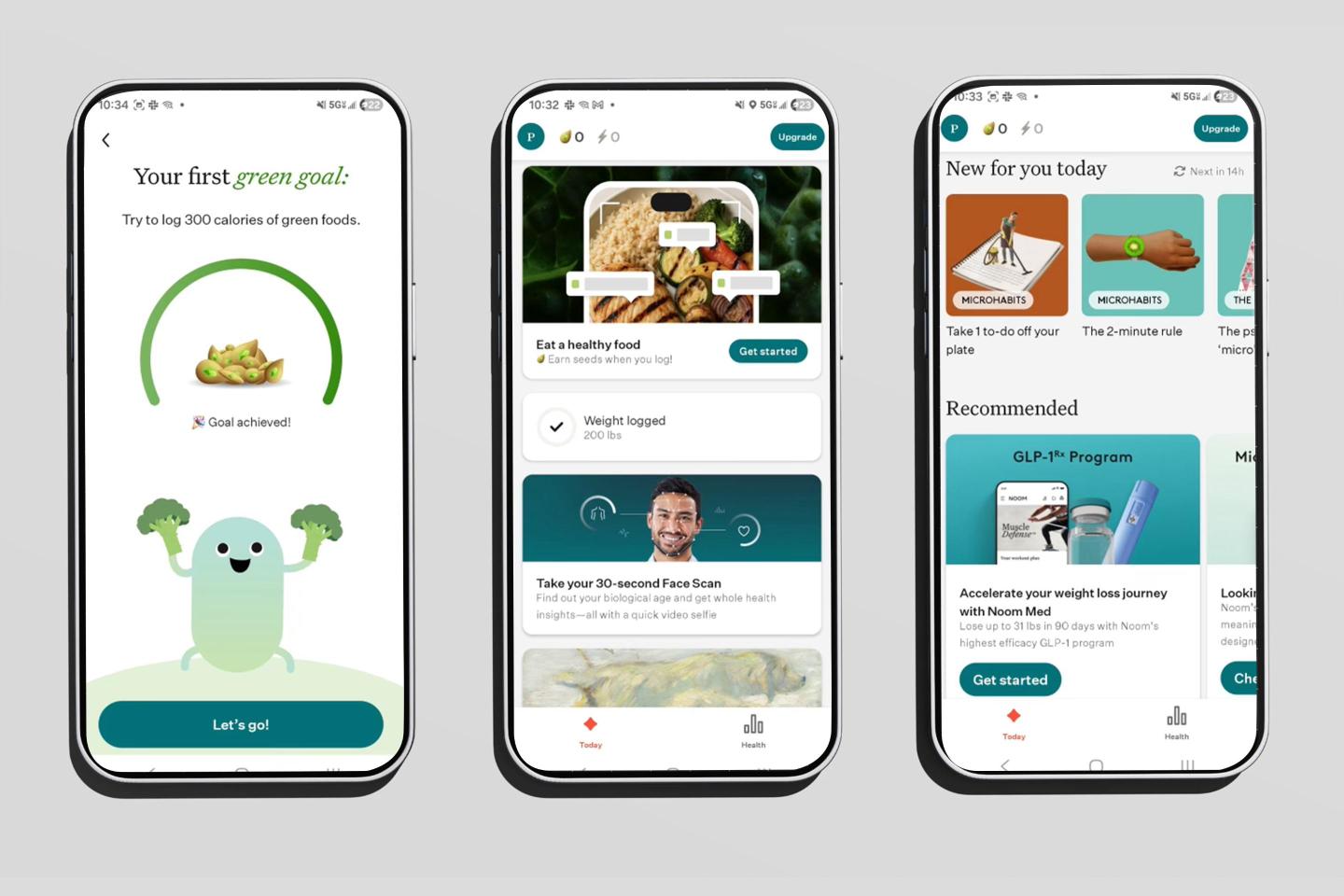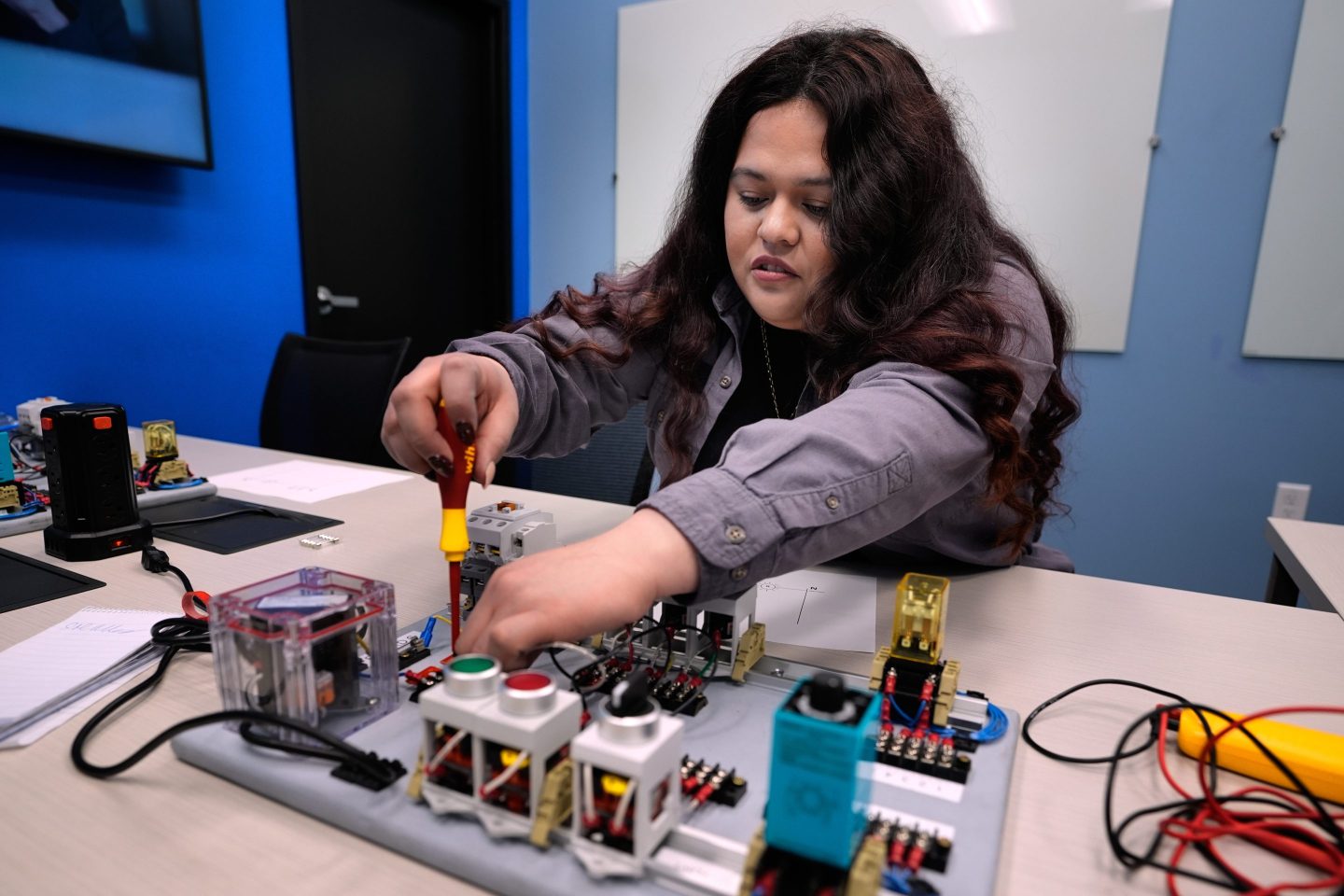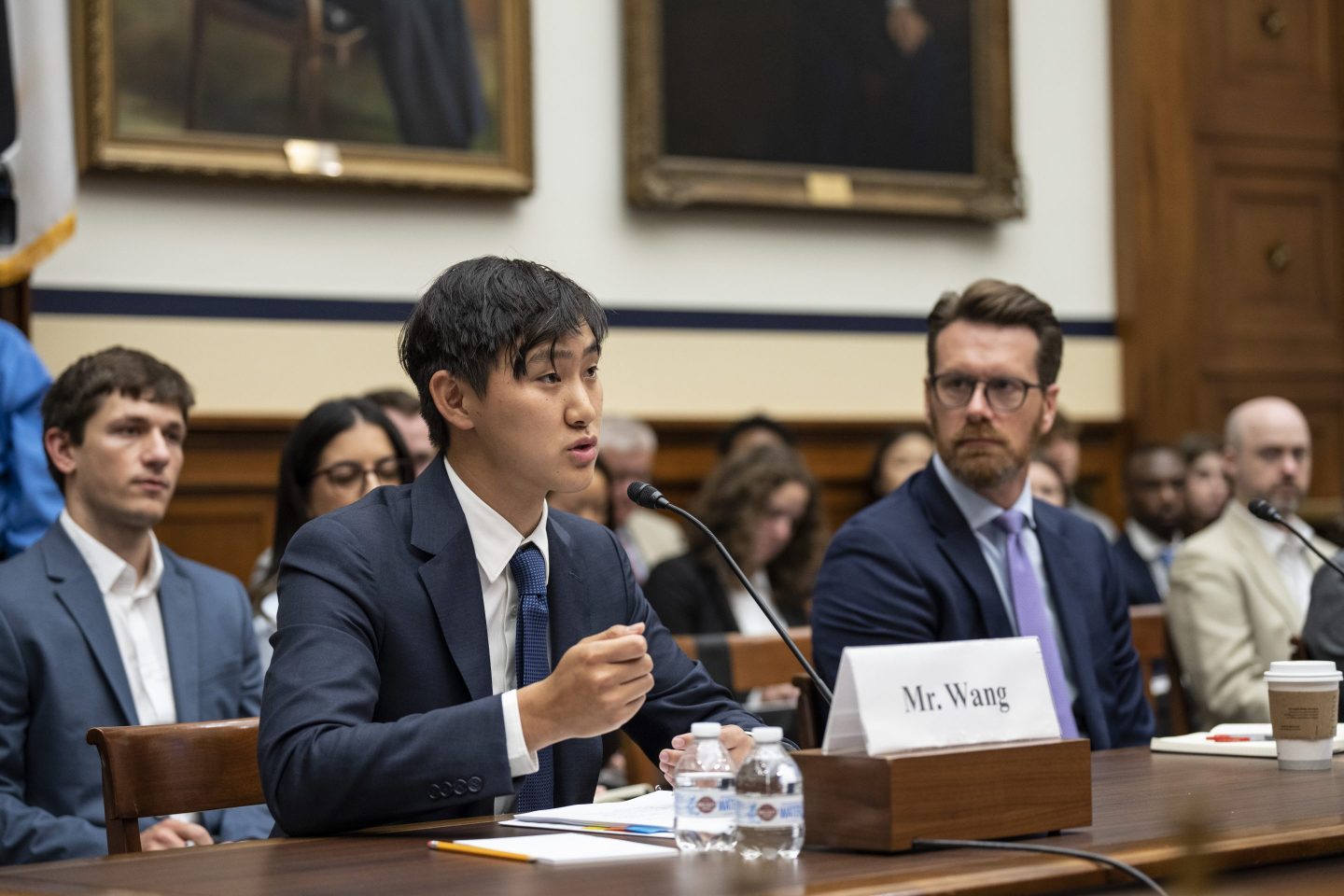Good afternoon, readers. This is Sy.
The opioid crisis ravaging America has understandably become the biggest public health story of the past few years. But the specter of potential overmedication, and the consequences thereof, isn’t limited to painkillers—as suggested by a new study noting a significant increase in hospitalizations and overdoses related to ADHD medications.
Researchers examined data from U.S. poison control centers between 2000 and 2014. During this timeframe, there were more than 156,000 reported cases related to ADHD, or attention deficit/hyperactivity disorder, drug exposure (such as to popular brands like Adderall, Ritalin, and Vyvanse). And while exposures to the treatments, which can be deadly if misused or abused, dropped slightly between 2011 and 2014, the rate of incidents ballooned nearly 72% from 2000 to 2011.
Admittedly, many of these exposures (nearly 42%) were attributable to simple medication error (although that in and of itself is also concerning from a public safety perspective). But suicide attempts and abuse of ADHD drugs accounted for more than half of the exposures for teenagers aged 13 to 19, according to the study, and one in four of all exposures involved children 12 years old and younger. More than 9,300 of these incidents required medical treatment and several children died.
So what’s driving this increase? The researchers have some theories.
“The increasing number and rate of reported ADHD medication exposures during the study period is consistent with increasing trends in ADHD diagnosis and medication prescribing. Exposures associated with suspected suicide or medication abuse and/or misuse among adolescents are of particular concern,” wrote the study authors.
Indeed, ADHD diagnoses have skyrocketed over the past few decades, according to the Centers for Disease Control (CDC). About 6.1 million children aged two to 17 had been diagnosed with the condition as of 2016, with steady rises between the beginning of the millennium and 2012. Part of that may be attributable to better screening and diagnosis of a behavioral condition that afflicts millions of American children (and adults).
But some caution may also be warranted, especially when it comes to dispensing and monitoring addictive drugs.
“The hard part is that ADHD is just like depression, just like autism, just like schizophrenia in that it’s a symptom-based mental disorder,” Berkeley psychologist and ADHD expert Dr. Stephen Hinshaw said in one interview with the American Psychological Association. “We don’t have a blood test or a brain scan yet that’s definitive. I believe that ADHD is a real condition, but it’s on a spectrum, just the way that high blood pressure and autism are. It’s always a bit arbitrary as to who is actually above the cut and who is below because we don’t know exactly where the cut is.”
Read on for the day’s news.
| Sy Mukherjee | |
| @the_sy_guy | |
| sayak.mukherjee@fortune.com |
DIGITAL HEALTH
Geisinger's huge DNA testing move. Geisinger Health wants to make genetic testing a regular part of primary care. The health system—one that we explored in our April feature on big data and AI in medicine—will offer DNA sequencing to 1,000 patients and plans to eventually extend the service to all three million of its patients. The tests will examine mutations related to cancer, heart disease, and hereditary disorders. This has always been one of Geisinger's key missions; the new initiative could make it a standard bearer for DNA's role in primary care. (Kaiser Health News)
INDICATIONS
Pfizer and drug supply chain debacle. My colleague Erika Fry has an absolute must-read story in our new, hot off the presses Fortune 500 issue. Erika examines the supply chain breakdown for Pfizer stemming from its purchase of Hospira—and its massive downstream consequences on hospitals, pharmacies, and patients. Here's a sneak peek: "A 20-year veteran of her field, Landau had seen a variety of drug shortages come and go during her career, but nothing of this magnitude, and never with such little warning: “Suddenly, we’re being told this one drug—the one we’ve been using for decades, that we know best how to give, how fast it kicks in, we can do it with our eyes shut—suddenly, we’re being told we won’t have that drug.” Within days, anesthesiologists at hospitals across North America were conferring about the same problem over social media; many were throwing out short-term fixes that were risky in their own right—putting delivering mothers under general anesthesia, for example. Landau thought the field had moved past such practices decades ago." (Fortune)
Ex-Valeant executive found guilty. Former Valeant executive Gary Tanner has been found guilty of taking a bribe from Andrew Davenport, the former chief of mail-order pharmacy Philidor, by a federal jury. Both Tanner and Davenport could face as much as 20 years in prison for wire fraud and conspiracy in a scandal that prompted massive executive shakeups and a meteoric fall in Valeant's market value. (Bloomberg)
THE BIG PICTURE
Lettuce rejoice. Good news, lettuce lovers: The CDC says it's officially safe to start buying and eating Romaine lettuce again. The tainted products in the supply chain should be long gone after a month of caution. Sorry—no more (public health) excuses for trading in mac and cheese for those greens. (Washington Post)
REQUIRED READING
How an Autonomous Vehicle Found the 'Holy Grail' of Shipwrecks, by Don Reisinger
Here's What Fortune 500 CEOs Think About Trump's Policies, the Global Economy, and Facebook, by Alan Murray
McDonald's Shareholders May Ban the Plastic Straw, by Sarah Gray
Japan's Biggest Bank to Switch on Blockchain Payments in 2020, by Robert Hackett
| Produced by Sy Mukherjee | |
| @the_sy_guy | |
| sayak.mukherjee@fortune.com |
Find past coverage. Sign up for other Fortune newsletters.











